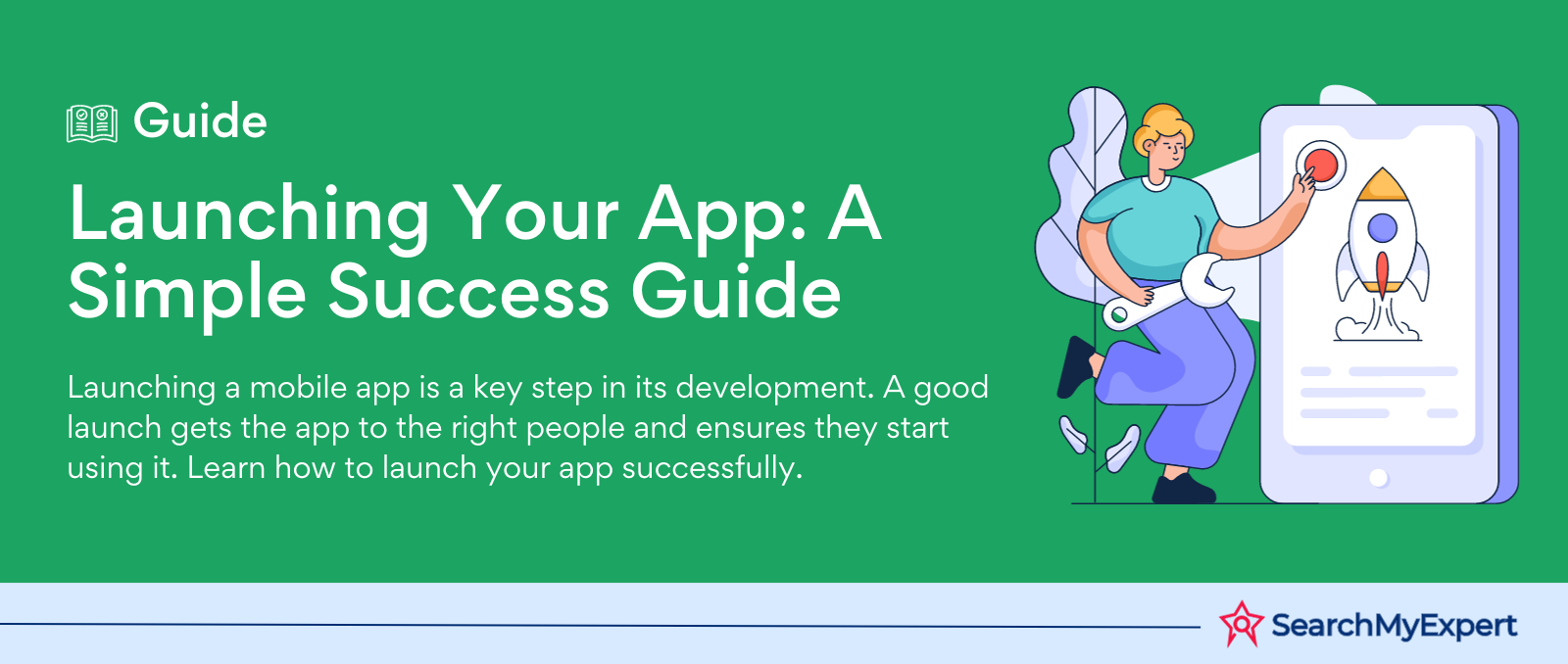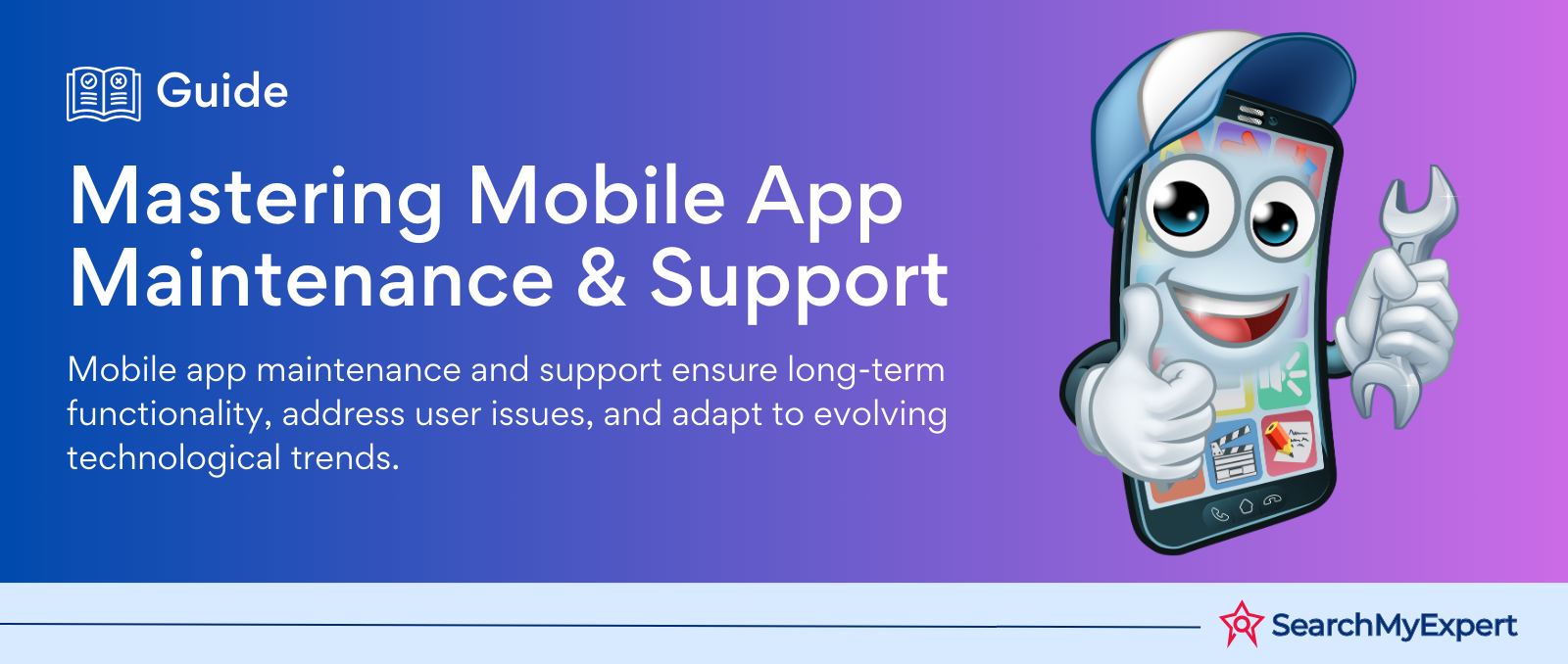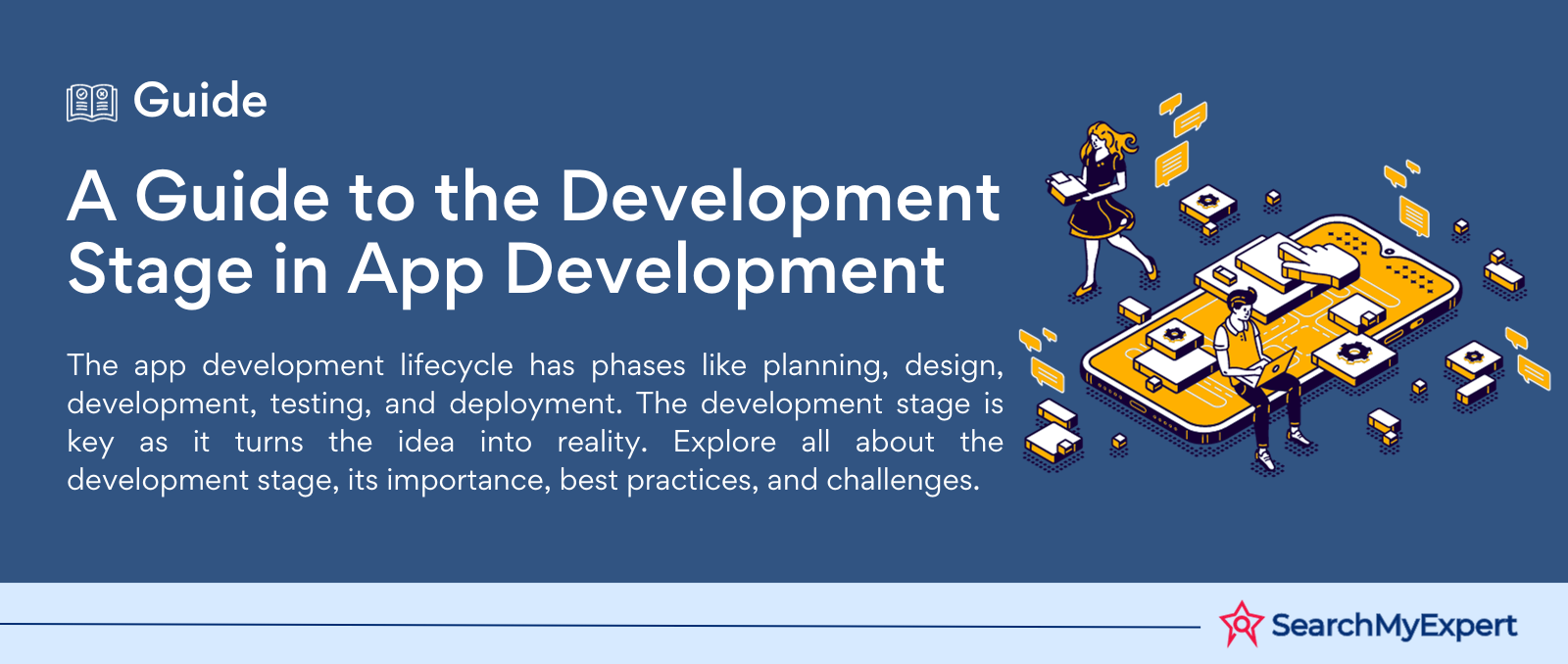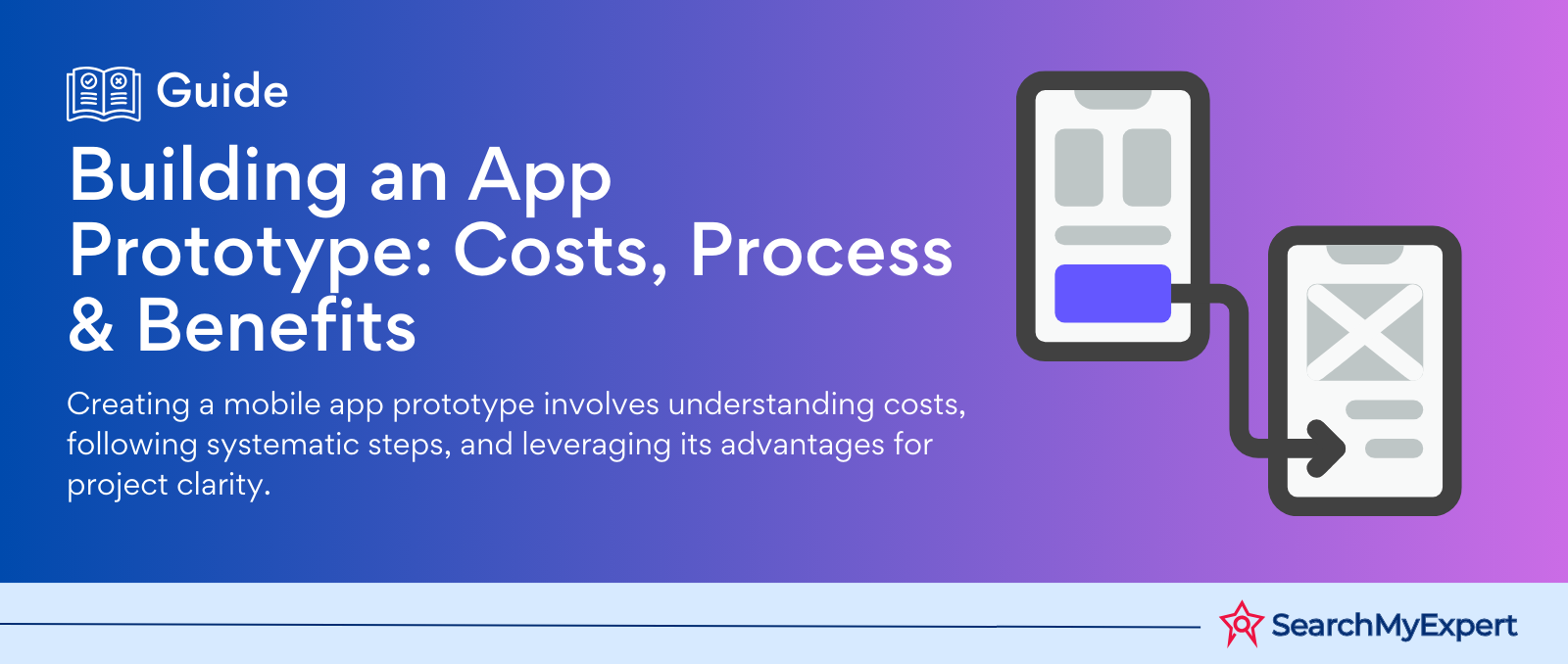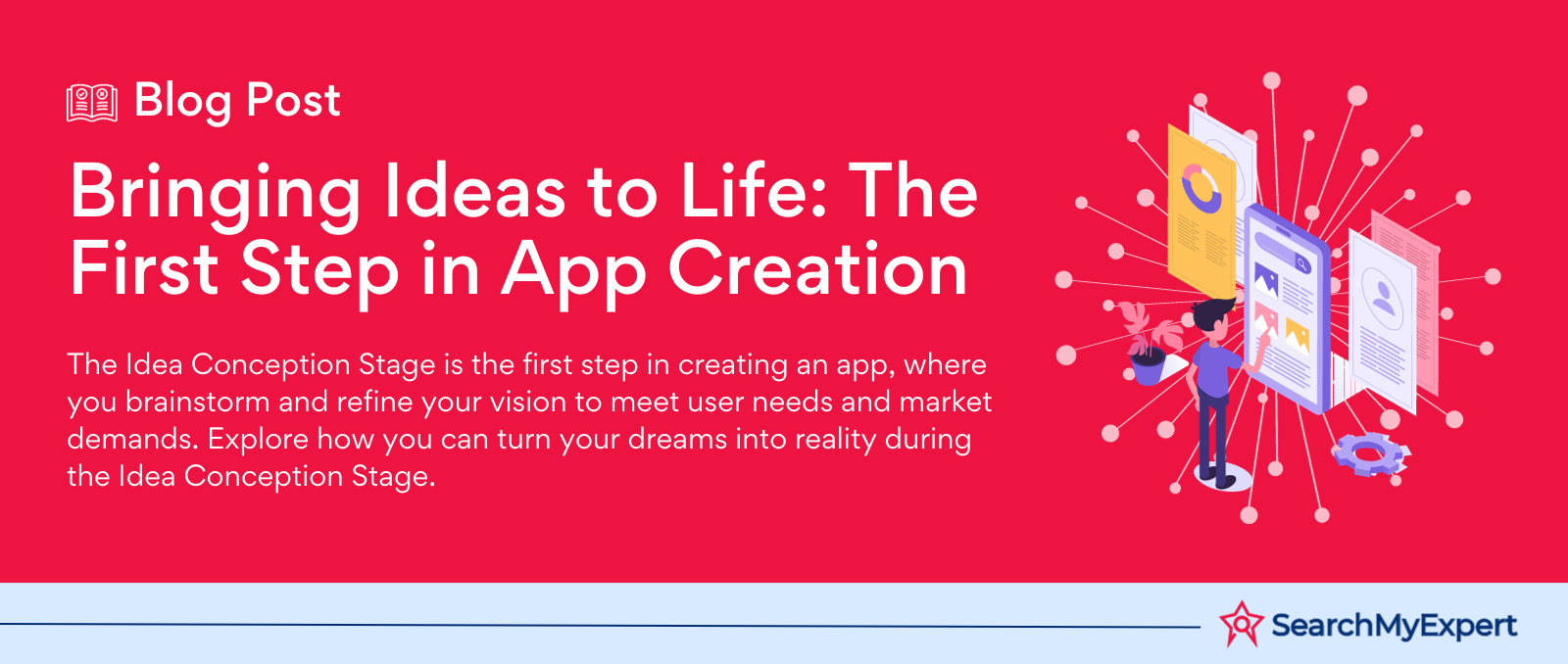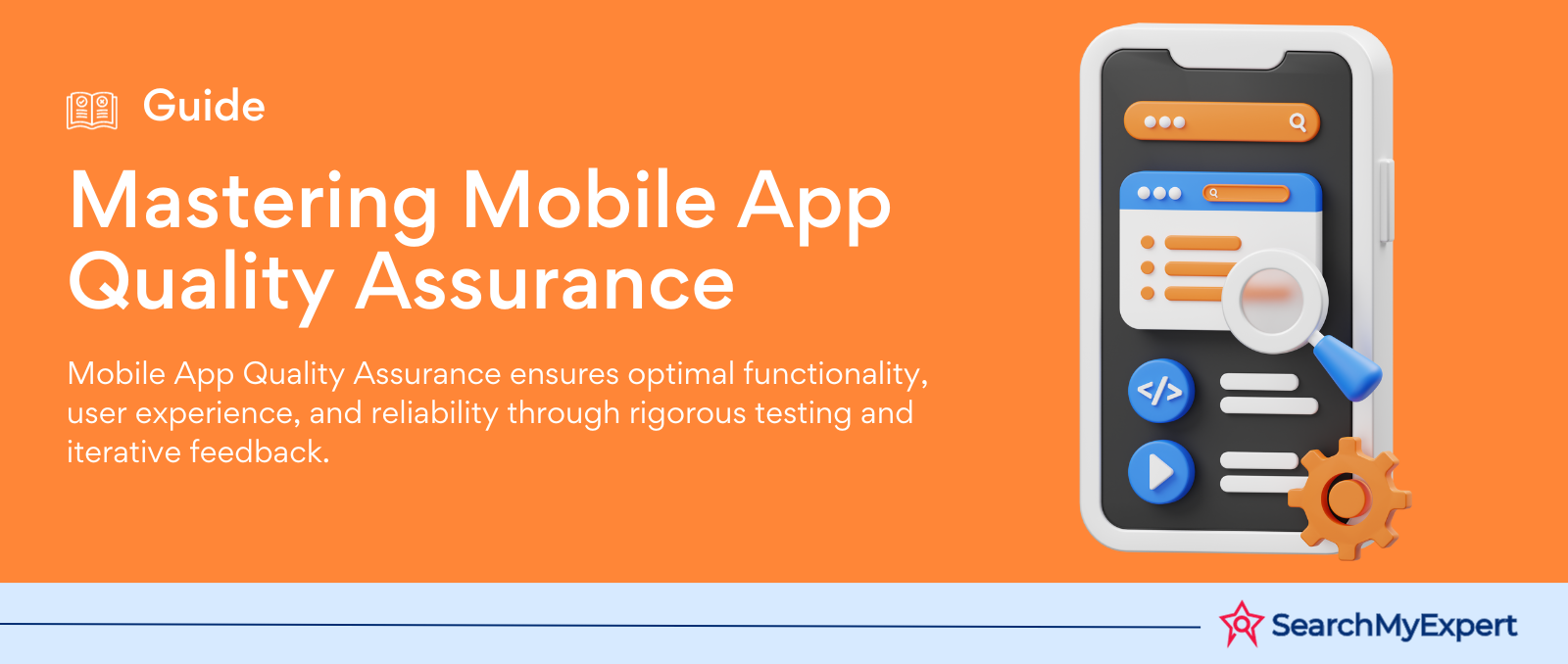Privacy, Inclusion, and Environment as Priorities in UX Design Ethics
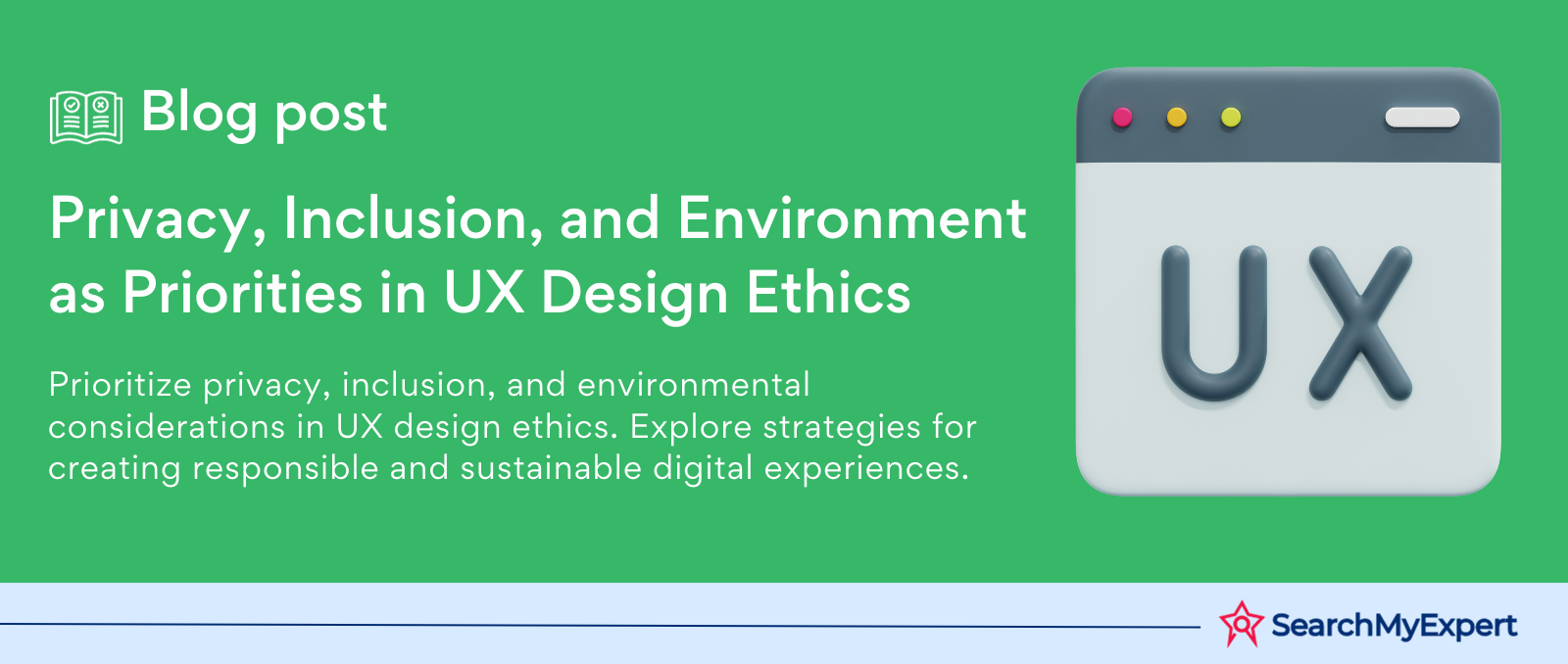
Ethical UX Design
The Crucial Role of UX Design in the Modern Digital Landscape
In our fast-paced digital era, User Experience (UX) Design stands as a pivotal element in crafting digital products. It's more than mere aesthetics; it's about creating user-centric interfaces that are intuitive, engaging, and accessible.
The Emergence of Ethical Awareness
Today, there's a significant shift towards incorporating ethics in technology and design. The digital domain is no longer just about innovation and functionality. It's equally about responsibility and ethics. This paradigm shift is crucial, considering the extensive impact of digital products on our daily lives.
Purpose of Our Exploration
This outline aims to delve into the essential ethical considerations that UX designers must be mindful of. In doing so, it not only enhances the user experience but also upholds crucial ethical standards in the digital realm.
User Privacy and Data Protection
Safeguarding User Privacy in the Digital Age
In this era of digital footprints, protecting user privacy has never been more critical. UX designers are on the frontlines, capable of influencing how user data is handled and perceived.
Navigating the Ethical Minefield of Data
Data collection, storage, and usage are areas fraught with ethical challenges. How much data is too much? How can we ensure it's used responsibly? These are questions that UX designers must grapple with.
Practical Solutions for UX Designers
- Transparent Data Policies: Clearly communicate how and why data is collected.
- Consent-Centric Designs: Ensure user consent is a cornerstone of the design process.
- Privacy by Design: Integrate privacy considerations right from the initial stages of design.
By embedding these practices into their workflow, UX designers can become champions of user privacy.
Championing Accessibility and Inclusivity in UX Design
The Imperative of Inclusive Design
In the realm of UX design, accessibility and inclusivity are not just features; they're fundamental ethics. Designing with inclusivity in mind means ensuring that digital products are accessible to all, including those with disabilities.
Ethical Dimensions of Accessible Design
Ethical UX design involves recognizing and addressing the diverse needs of users. It's about creating experiences that are not only functional but also equitable. This means considering a wide range of abilities and disabilities in the design process.
Strategies for Inclusive UX Design
- Universal Design Principles: Applying these principles ensures that products are usable by the widest range of people.
- Empathy-Driven Design: Incorporating empathy in design helps in understanding the needs of diverse users.
- Regular User Testing: Involving users with different abilities in testing phases to get real feedback and make necessary adjustments.
By adopting these approaches, UX designers can create more inclusive digital environments.
Fostering Transparency and Trust in UX Design
The Role of Trust in User Experience
Trust is a critical component in UX design. Transparency in design plays a key role in building this trust. Users should feel confident in how they interact with digital products, understanding what happens in the background.
Ethical Challenges in UI Design
There's a fine line between persuasive design and manipulative practices. Ethical UX design means avoiding UI elements that could mislead or exploit users.
Practices for Transparent UX Design
- Honest Communication: Keeping users informed about the functionalities and data usage.
- Clear Consent Mechanisms: Making sure that consent is obtained in a clear and unambiguous manner.
- User-Centric Information Architecture: Organizing content in a way that is intuitive and transparent.
Incorporating these practices can help UX designers build a foundation of trust with their users.
Confronting Bias and Ensuring Fairness in UX Design
Recognizing and Addressing Bias in Digital Interfaces
The specter of bias in UX design is a significant ethical concern. Design decisions, consciously or unconsciously, can reflect societal biases, impacting how users interact with and perceive digital products.
The Role of Algorithms and Data in Bias
Algorithms and data sets used in UX design can either perpetuate or mitigate existing societal biases. The ethical implications are profound, as these biases can affect inclusivity and fairness.
Strategies to Combat Bias in UX Design
- Diverse User Testing: Engaging a wide range of users in testing to identify and address biases.
- Ethical Data Usage: Being vigilant about the sources and types of data used in algorithms.
- Continuous Learning and Adaptation: Staying informed about potential biases and continuously adapting designs to be more inclusive and fair.
By acknowledging and addressing these issues, UX designers can take significant steps towards creating fairer digital experiences.
Prioritizing Environmental Sustainability in UX Design
The Digital Footprint: Beyond the Screen
In the digital age, the environmental impact of products and services is a crucial ethical concern. UX designers have a unique opportunity to influence this aspect through thoughtful design choices.
Ethical Considerations in Resource and Energy Usage
The design of digital products affects resource consumption and energy efficiency. This includes server demands, data storage, and the energy footprint of digital services.
Sustainable Practices in UX Design
- Energy-Efficient Design Choices: Opting for design elements that consume less energy (e.g., darker color themes).
- Eco-Friendly User Behaviors: Encouraging user behaviors that reduce environmental impact (e.g., cloud storage optimization).
- Longevity in Design: Creating designs that are timeless and reduce the need for frequent updates or redesigns.
Incorporating these practices can help minimize the environmental footprint of digital products and services.
The Ethical Compass in UX Design
Reflecting on Ethical Principles in UX Design
In this comprehensive journey, we've delved into several key ethical considerations essential for UX designers. Let's briefly recap:
- User Privacy and Data Protection: Emphasizing the need to safeguard user data.
- Accessibility and Inclusivity: Creating designs that are accessible and inclusive for all users.
- Transparency and Trust: Building trust through honesty and clarity in design.
- Bias and Fairness: Addressing potential biases to ensure fairness.
- Environmental Sustainability: Considering the ecological impact of digital designs.
The Imperative of Ethical Decision-Making
Ethical decision-making in UX design is not just a best practice; it's a necessity. The choices made by designers have far-reaching implications, affecting user trust, inclusivity, and the overall digital experience.
A Continuous Ethical Quest for UX Designers
The field of UX design is ever-evolving, and so are its ethical challenges. It's crucial for UX designers to:
- Stay informed about emerging ethical issues.
- Continually refine their practices with an ethical lens.
- Engage in ongoing learning and adaptation.
By embracing these principles, UX designers can ensure their work not only meets users' needs but also upholds the highest ethical standards.
Conclusion
This exploration into ethical considerations in UX design underscores the profound responsibility resting on the shoulders of designers. From safeguarding user privacy and championing inclusivity to ensuring transparency, fairness, and environmental mindfulness, each aspect plays a pivotal role in shaping digital experiences that are not only functional but also morally sound and socially responsible. As the digital landscape continues to evolve, so too must the ethical compass of UX designers. By committing to continuous learning and adapting their practices, they can ensure that their designs not only meet the diverse needs of users but also contribute positively to a more ethical and sustainable digital world.
Build engaging user experiences with UX Design Companies.
share this page if you liked it 😊
Other Related Blogs

Mastering Docker for App Development: A Comprehensive Guide to Benefits, Use-Cases, and Alternatives
STAY UP TO DATE
GET PATH'S LATEST
Receive bi-weekly updates from the SME, and get a heads up on upcoming events.
Contact Us




